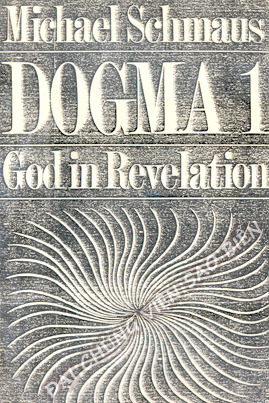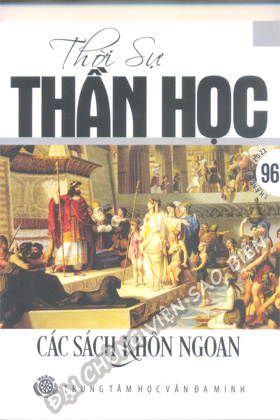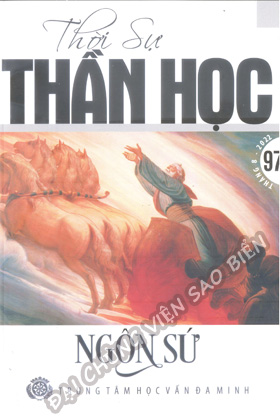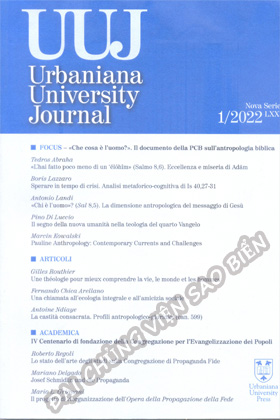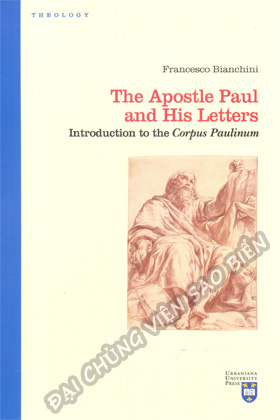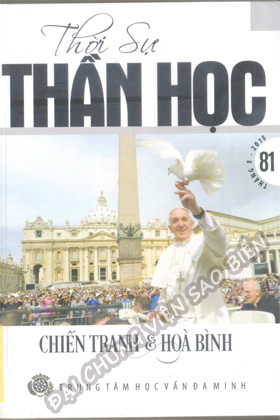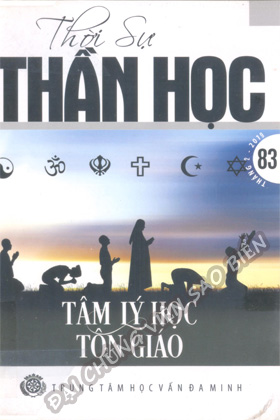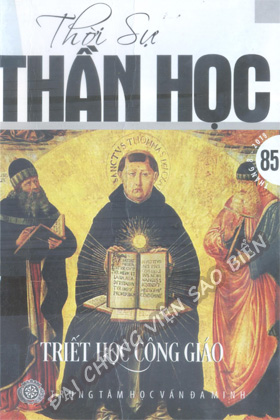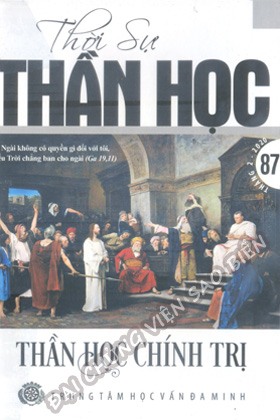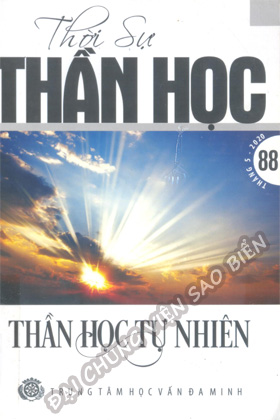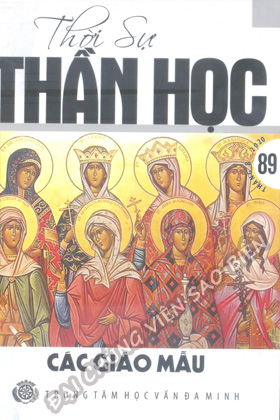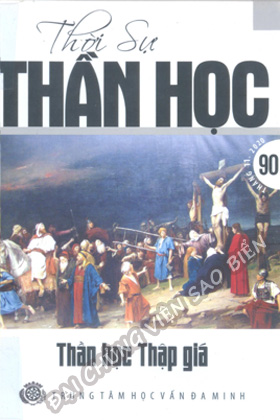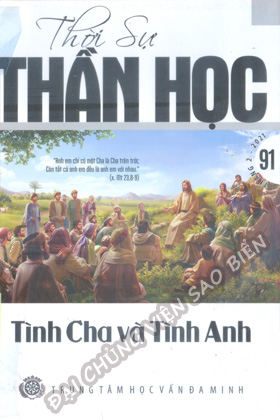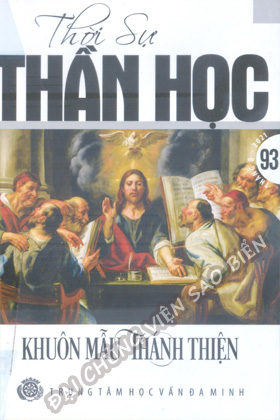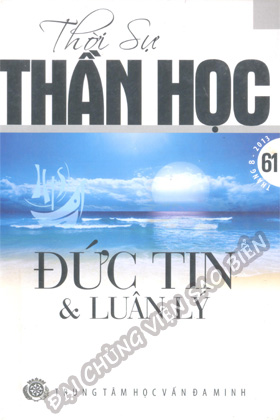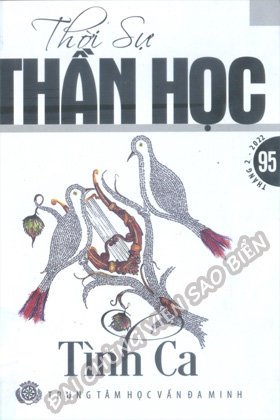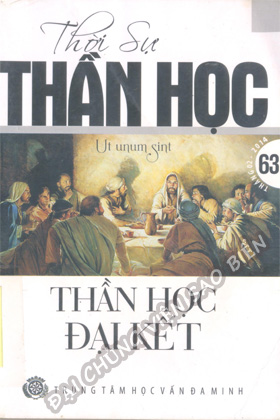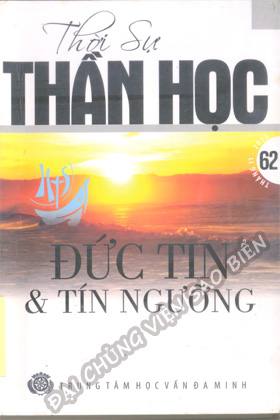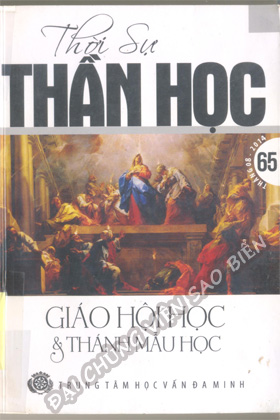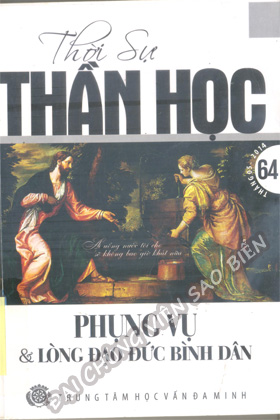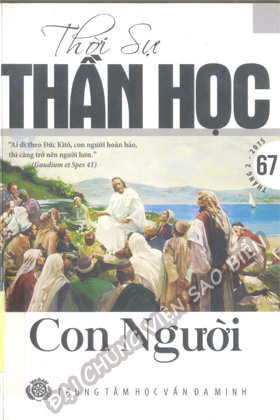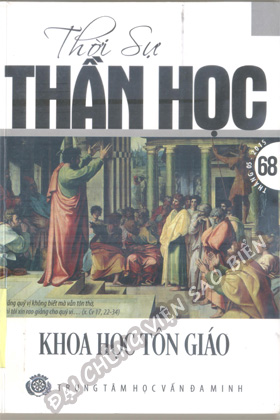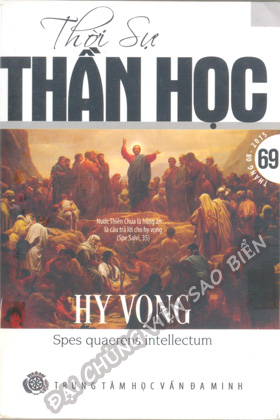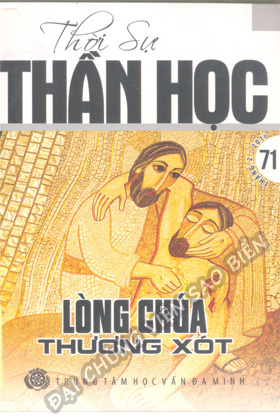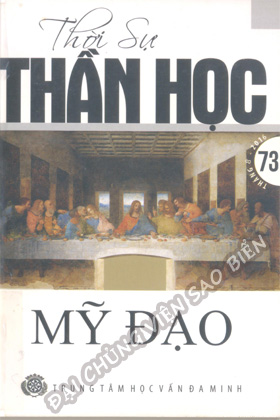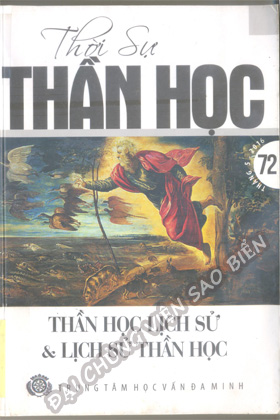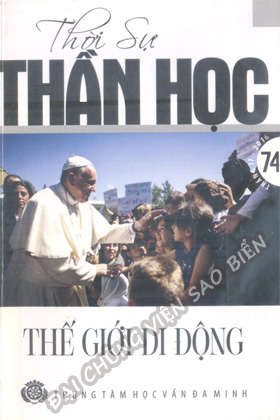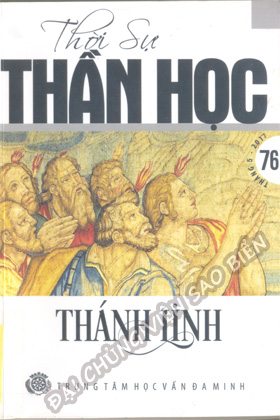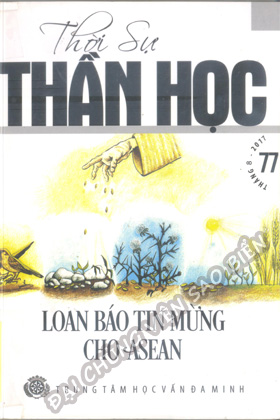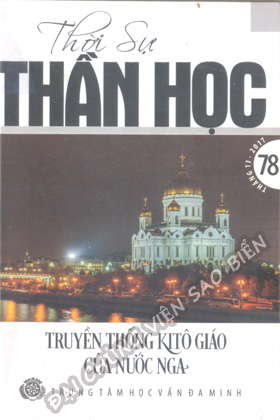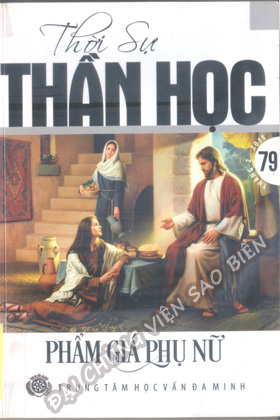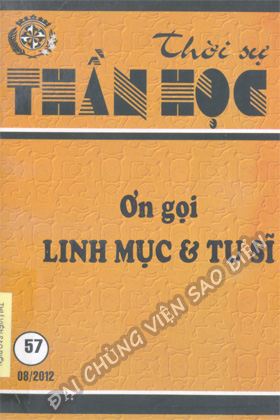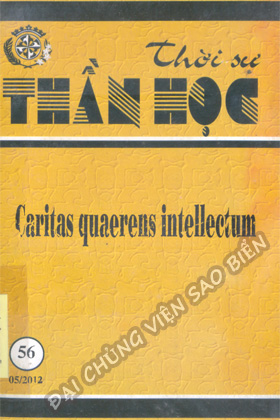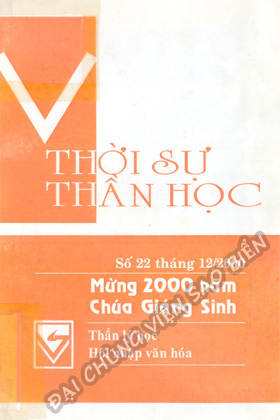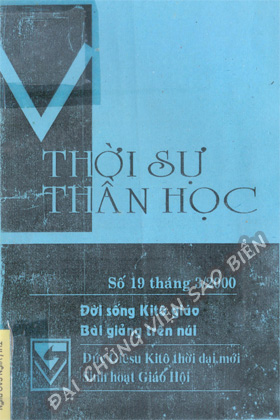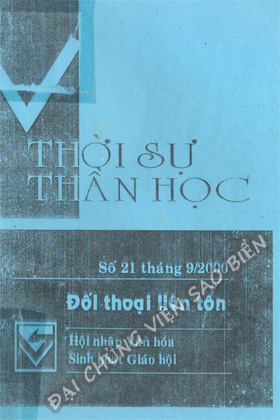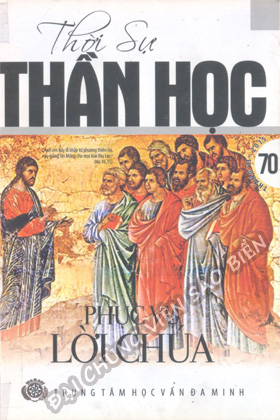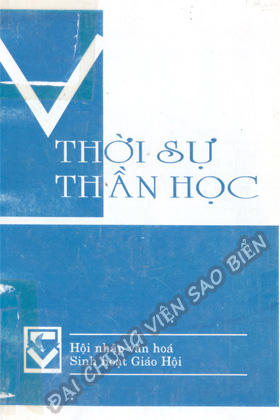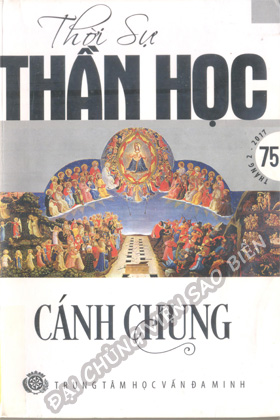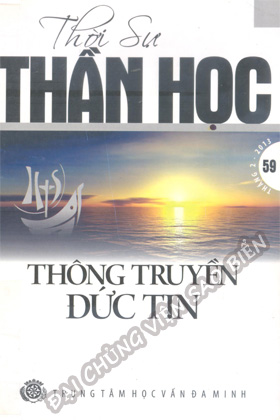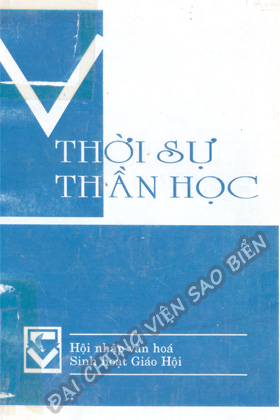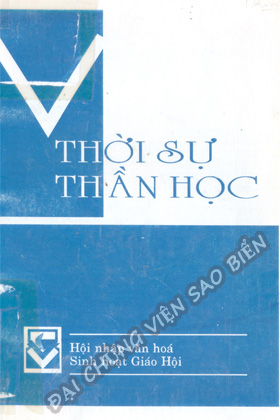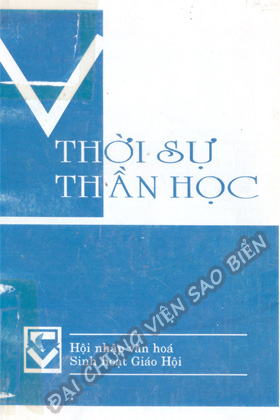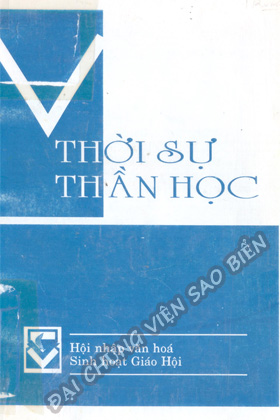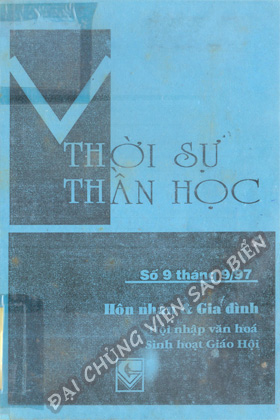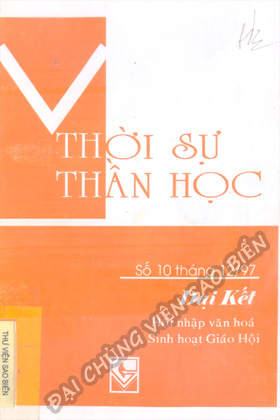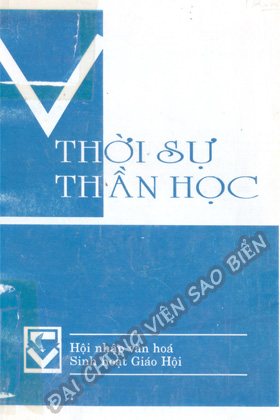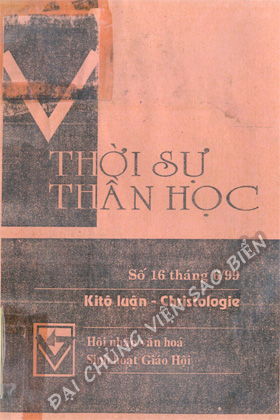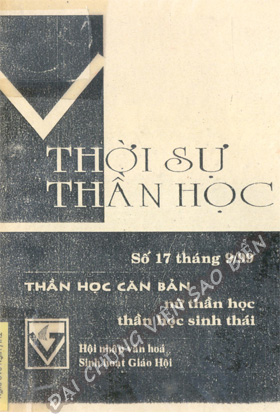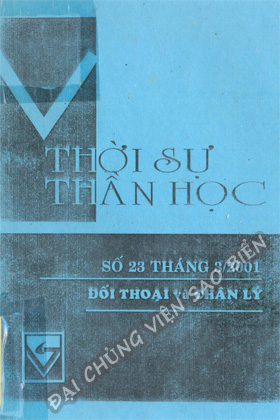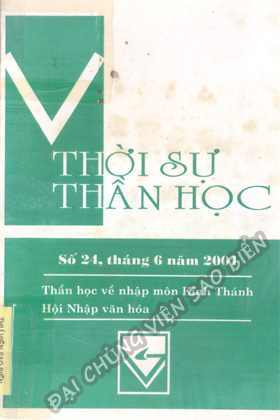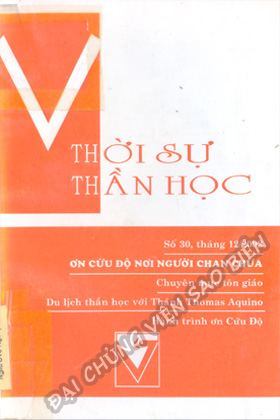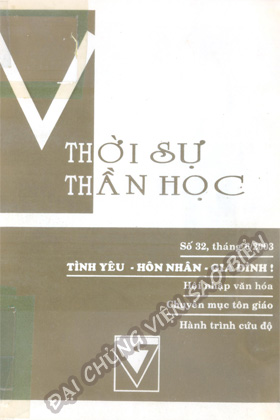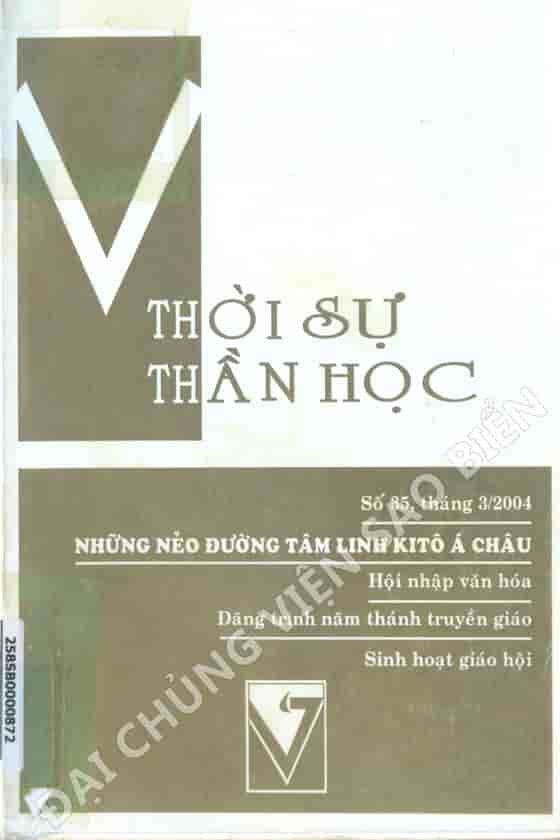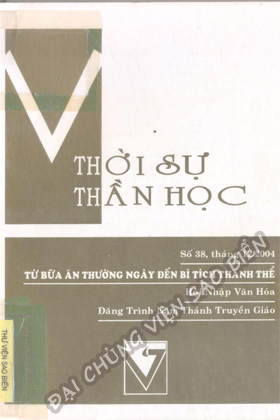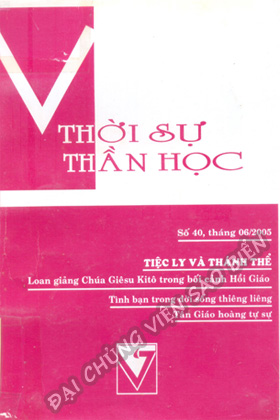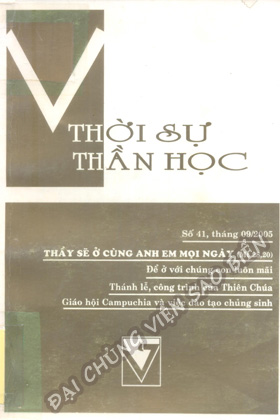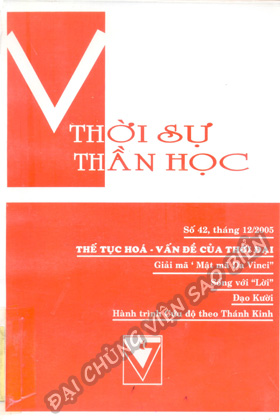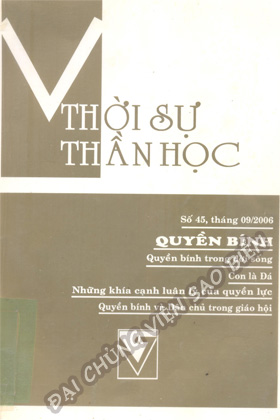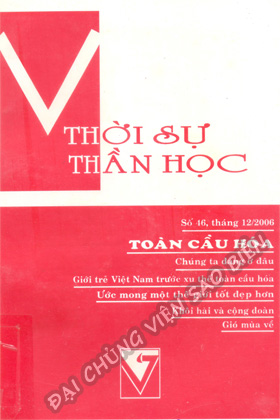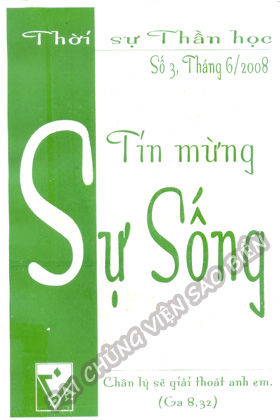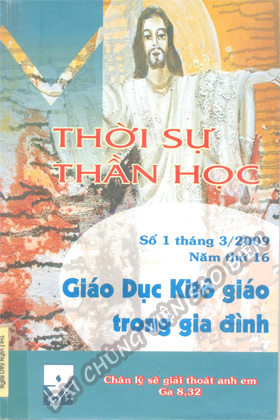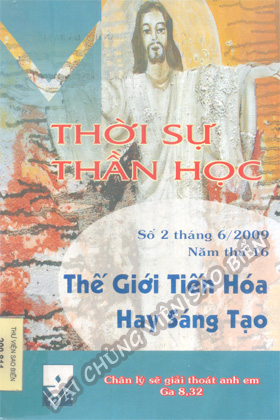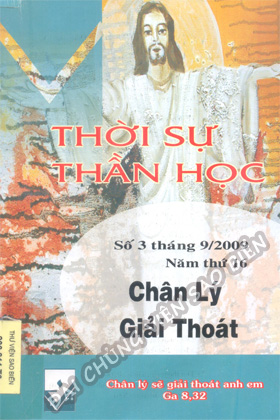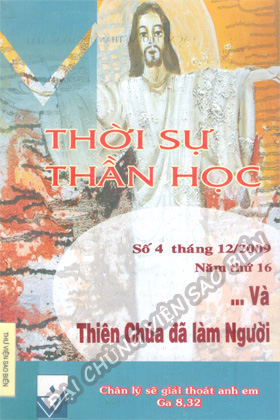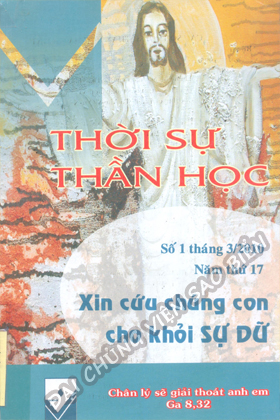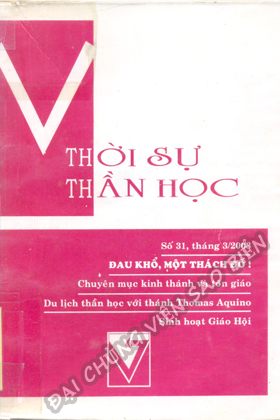| Foreword |
|
|
|
|
|
|
|
|
|
v |
| Preface |
|
|
|
|
|
|
|
|
|
|
xi |
| PART I: THEOLOGY FOR THE CONTEMPORARY WORLD |
|
|
|
|
|
| AND THE POSSIBILITIES OF DIVINE SELF-REVELATION |
|
|
|
|
3 |
| 1. THEOLOGY FOR MODERN MAN |
|
|
|
|
|
|
5 |
| Modern Man |
|
|
|
|
|
|
|
|
|
5 |
| The Church and Modern Man |
|
|
|
|
|
|
|
8 |
| Theology in the Modern World |
|
|
|
|
|
|
|
14 |
| 2. THE POSSIBILITY AND EXTENT OF THE SAVING DIALOGUE |
|
|
|
|
| BETWEEN GOD AND MAN: THE TRANSCENDENTAL EXPLANATION |
|
|
|
| OF REVELATION |
|
|
|
|
|
|
|
|
17 |
| The Aims of Modernism |
|
|
|
|
|
|
|
|
17 |
| Man's Receptiveness for God |
|
|
|
|
|
|
|
19 |
| The Natural Experience of God as the Starting-Point for "Supernatural" Revelation |
|
|
22 |
| Divine and Human Elements in God's Revelation |
|
|
|
|
|
25 |
| The Possibility of Rejecting God |
|
|
|
|
|
|
|
26 |
| The Transmission of Divine Self-Revelation |
|
|
|
|
|
|
27 |
| The Historical Character of Divine Revelation |
|
|
|
|
|
|
29 |
| PART II: GOD'S SAVING APPROACH TO MAN IN HISTORICAL ACTIONS AND WORDS |
|
35 |
| 3. GOD'S SELF-REVELATION: ITS FREEDOM, ITS FORMS, ITS SUMMIT IN JESUS CHRIST |
37 |
| The Freedom of God's Self-Revelation and of Man's Response |
|
|
|
|
37 |
| The Manifold Forms of God's Self-Revelation |
|
|
|
|
|
|
39 |
| The Goal of the Divine Self-Revelation |
|
|
|
|
|
|
40 |
| God's Revelation of Himself in Concealment |
|
|
|
|
|
|
42 |
| God's Revelation of Himself in Jesus Christ |
|
|
|
|
|
|
47 |
| 4. GOD'S SELF-REVELATION IN WORK: HIS CREATIVE ACTIVITY |
|
|
|
53 |
| The Pre-Christian Revelation of God in Salvific Actions |
|
|
|
|
53 |
| The Reflections of the Old Testament on the Beginning of Things |
|
|
|
57 |
| The Church's Teaching about God's Revelation of Himself through His Creative Activity |
|
65 |
| 5. ATHEISM AND SCEPTICISM |
|
|
|
|
|
|
|
70 |
| Atheism in the Old Testament |
|
|
|
|
|
|
|
70 |
| Atheism in the New Testament |
|
|
|
|
|
|
|
71 |
| Atheism in Modern Times |
|
|
|
|
|
|
|
|
72 |
| Was there a "Primitive Revelation"? |
|
|
|
|
|
|
|
91 |
| 6. THE FULFILLMENT OF THE OLD TESTMENT WORK-REVELATION IN THE WORKS |
|
|
| OF JESUS |
|
|
|
|
|
|
|
|
|
93 |
| Revelation in Word |
|
|
|
|
|
|
|
|
94 |
| The Emphasis on the Word in the Sencond Vatican Council |
|
|
|
|
95 |
| The Structure and Forms of the Word in General (the Word as Function of Man) |
|
|
96 |
| The Word within God |
|
|
|
|
|
|
|
|
101 |
| Hearing and Seeing |
|
|
|
|
|
|
|
|
102 |
| God's Word as Real Address |
|
|
|
|
|
|
|
104 |
| God's Word and Man's Word |
|
|
|
|
|
|
|
108 |
| The Interpretative Function of God's Word |
|
|
|
|
|
|
113 |
| The Action Function of God's Word |
|
|
|
|
|
|
|
114 |
| Summary of the History of God's Word as Interpretation and as Event in the Old Testament |
|
118 |
| 7. JESUS AS THE COMPLETION OF REVELATION THROUGH THE WORD; |
|
|
|
| MIRACLES AND SIGNS |
|
|
|
|
|
|
|
|
123 |
| God's Word a Personal Reality in History |
|
|
|
|
|
|
123 |
| Miracles and Signs |
|
|
|
|
|
|
|
|
132 |
| 8. THE HISTORY OF SALVATION |
|
|
|
|
|
|
|
138 |
| Definition |
|
|
|
|
|
|
|
|
|
138 |
| The General and the Special History of Salvation |
|
|
|
|
|
141 |
| The Historical Relationship |
|
|
|
|
|
|
|
143 |
| The Objective Connection between General and Special Salvation History |
|
|
|
156 |
| PART III: REVELATION IN THE CHURCH |
|
|
|
|
|
|
163 |
| 9. WITHIN THE CHURCH |
|
|
|
|
|
|
|
|
165 |
| The Church as the Universal Word |
|
|
|
|
|
|
|
165 |
| The Apostles as the Original Witnesses to Christ |
|
|
|
|
|
169 |
| The Successors of the Apostles |
|
|
|
|
|
|
|
171 |
| The Mediating Function of the Ecclesial Word |
|
|
|
|
|
173 |
| Preaching and Doctrine |
|
|
|
|
|
|
|
|
175 |
| 10. THE SACRED SCRIPTURES |
|
|
|
|
|
|
|
178 |
| The Books of the Old Testament |
|
|
|
|
|
|
|
178 |
| The Canon of the New Testament |
|
|
|
|
|
|
|
181 |
| The Inspiration of Sacred Scripture |
|
|
|
|
|
|
|
183 |
| Sacred Scripture and the Word of God |
|
|
|
|
|
|
190 |
| The Inerrancy of Scripture |
|
|
|
|
|
|
|
|
192 |
| The Truth of the Gospels |
|
|
|
|
|
|
|
|
200 |
| The Mutual Relationships of Scripture and the Church |
|
|
|
|
|
203 |
| Infallibitity |
|
|
|
|
|
|
|
|
|
210 |
| 11. SCRIPTURE AND TRADITION |
|
|
|
|
|
|
|
215 |
| Unwritten Tradition |
|
|
|
|
|
|
|
|
217 |
| Vatican II on Scripture and Tradition |
|
|
|
|
|
|
|
218 |
| Protestant and Catholic Views |
|
|
|
|
|
|
|
222 |
| The Question of the Sufficiency of Scripture |
|
|
|
|
|
|
224 |
| The Bearer of Tradition |
|
|
|
|
|
|
|
|
225 |
| 12. DOGMA |
|
|
|
|
|
|
|
|
|
227 |
| The Concept of Dogma |
|
|
|
|
|
|
|
|
227 |
| The Properties of Dogma |
|
|
|
|
|
|
|
|
231 |
| The Origin of Dogma |
|
|
|
|
|
|
|
|
238 |
| The Analogical Character of Dogma |
|
|
|
|
|
|
|
241 |
| The Problem of the Development of Dogma |
|
|
|
|
|
|
243 |
| Development and Identity |
|
|
|
|
|
|
|
|
249 |
| PART IV: THEOLOGY IN THE CHURCH AND FOR THE CHURCH |
|
|
|
255 |
| 13. THE NECESSITY AND NATURE OF THEOLOGY |
|
|
|
|
|
257 |
| Faith as the Entelechy of Any Theology |
|
|
|
|
|
|
257 |
| The Nature of Theology |
|
|
|
|
|
|
|
|
263 |
| The "Object" of Theology |
|
|
|
|
|
|
|
|
267 |
| Human Effort in Theology |
|
|
|
|
|
|
|
|
268 |
| Theology as Ecclesial Science |
|
|
|
|
|
|
|
269 |
| Theology as a Science |
|
|
|
|
|
|
|
|
272 |
| Unity and Structure of theology |
|
|
|
|
|
|
|
282 |
| 14. DOGMATIC THEOLOGY |
|
|
|
|
|
|
|
286 |
| Its Object: Dogma and Catholic Truth |
|
|
|
|
|
|
286 |
| Its Connection with the Other Theological Disciplines |
|
|
|
|
|
288 |
| Its Importance |
|
|
|
|
|
|
|
|
|
291 |
| Its Methods |
|
|
|
|
|
|
|
|
|
292 |
| Its Critical and Prophetic Function |
|
|
|
|
|
|
|
293 |
| The Dogmatic System |
|
|
|
|
|
|
|
|
294 |
| Bibliography |
|
|
|
|
|
|
|
|
|
297 |
| Index |
|
|
|
|
|
|
|
|
|
|
301 |
